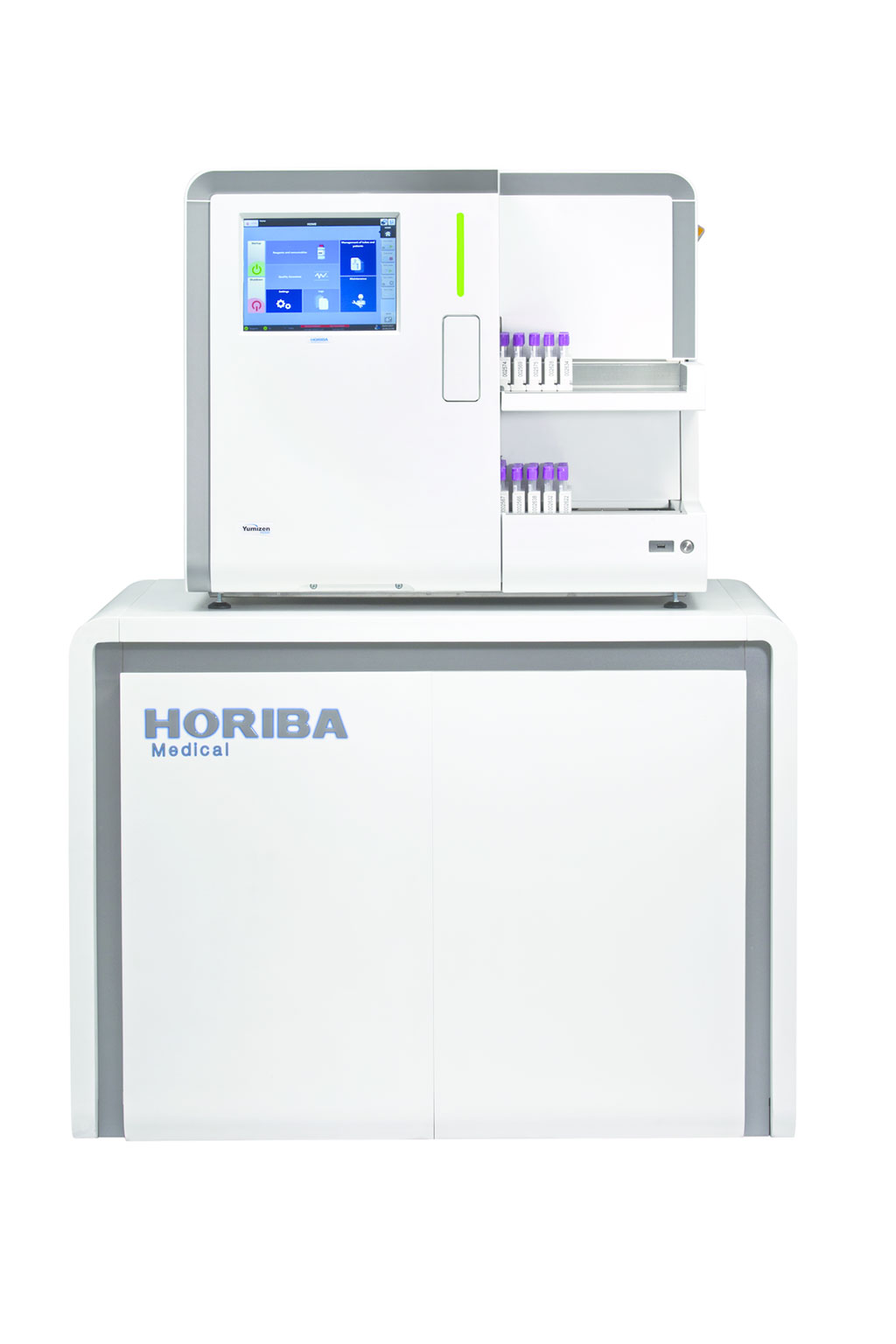High-End Hematology Analyzers Compared for Overall Equipment Effectiveness
Posted on 29 Apr 2022
Although the performance of the automated hematology analyzers expressed as turn-around time is one of the important criteria in high-volume testing laboratories to deliver patient quality results on time, it may not be comparable for the analyzers from different companies.
In clinical laboratories with a heavy patient load, the testing quality of the automated hematology analyzers depends on their accuracy, reliability, and performance as well as efficiency. Continuous evaluation of the equipment with the appropriate methods is the key to ensure sustained quality of reporting in clinical laboratories.

Medical Laboratorians at the Christian Medical College (Vellore, India) and their colleagues evaluated and compared the overall equipment effectiveness (OEE), sensitivity, specificity, and efficiency of high-end hematology analyzers. A total of 400 anonymized left over’s K2 EDTA whole blood samples were analyzed for complete blood count (CBC). CBC analysis of all blood samples was performed using the different automated hematology analyzers.
The study was a was a prospective cross-sectional comparative study of four hematology analyzers: Yumizen H2500 (Horiba, Kyoto, Japan), the DxH 800 and DxH 900 (Beckman Coulter, Miami, FL, USA), and the XN-9000 (XN-10) (Sysmex Corporation, Kobe, Japan). The Yumizen H2500 uses the double hydrodynamic sequential system and the impedance method. Both DxH 800 and DxH 900 use impedance, and five light scatter and absorption measurements (volume, conductivity, and scatter [VCS] technology) method. This Sysmex XN-10 uses fluorescence and flow cytometry technology with a semiconductor laser to categorize WBCs. In case of additional fluorescence interference, it uses a recently developed a “parasitic red blood cell” (pRBC) flag to correct WBC counts on the WBC differential scattergram.
The investigators reported that the OEE was good and comparable for all the hematology analyzers except DxH 800 showing an average status. Confusion matrix highlights the difficulty for DxH 800 and DxH 900 to discriminate left shift or blasts with large hyper-segmented neutrophils. The flags triggered by Yumizen H2500 were markedly changed to large hyper-segmented neutrophils. Lymphoblast caused more misperception for XN-9000 (XN-10), as it came out to be atypical lymphocytes, or hypersegmented neutrophils. Although comparable in OEE index to other analyzers, the Yumizen H2500 seems to be more reliable in detecting the abnormal cells as it has high sensitivity, specificity and less turnaround time.
The authors concluded that all four hematology analyzers showed comparable OEE in technical evaluation. However, the Yumizen H2500 analyzer seems to be more reliable in detecting the abnormal cells as it has high sensitivity, specificity and less turnaround time compared to other analyzers. The study was published on April 26, 2022 in the journal Practical Laboratory Medicine.
Related Links:
Christian Medical College
Horiba
Beckman Coulter
Sysmex Corporation













